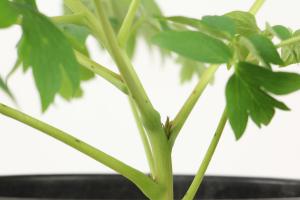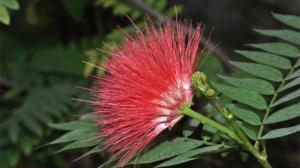Where to Plant Aspen Trees
Aspen trees are becoming increasingly popular among homeowners due to their beauty and versatility. They are ideal for landscaping as they provide shade, add color to the garden, and improve the aesthetic appeal of a property. But before you plant your aspen trees, it is important to know where to plant them. Below are some factors to consider when selecting a location for your aspen trees.
Soil Type
Aspen trees thrive in well-draining soils that are moist but not waterlogged. They grow best in soils with a pH range of 6.0-7.5. It is important to test the soil in the proposed planting area prior to planting to ensure it is suitable for aspen trees. Addition of organic matter like compost or well-rotted manure is beneficial to the soil.
Climate
Aspen trees grow well in areas with cool to cold winters and mild summers. They are cold hardy and can tolerate frost and occasional snow. They grow best in USDA hardiness zones 1-7 but can be grown in other zones provided the other environmental conditions are ideal. If you live in an area with hot summers, it is advisable to plant your aspen trees in a shaded location to minimize heat stress.
Water Requirements
Aspen trees require moderate to high amounts of water to thrive. They are often found along riverbanks and other water bodies in their natural habitats. If you live in an arid or semi-arid region, it may be necessary to irrigate your aspen trees during the dry season. It is also important to avoid planting your aspen trees in areas that are prone to flooding as they do not tolerate waterlogged soils.
Light Requirements
Aspen trees require full sunlight to grow and develop optimally. Planting them in a location with too much shade may cause stunted growth and reduced foliage. It is recommended to plant your aspen trees in a location that receives at least 6 hours of direct sunlight per day.
Spacing
Aspen trees can grow to a height of up to 50 feet and a width of up to 30 feet when fully mature. It is therefore important to plant them in a location with sufficient space to avoid overcrowding. The spacing required between aspen trees depends on the variety and expected mature size. A spacing of 10-20 feet between the trees is usually sufficient.
Conclusion
Aspen trees are a great addition to any landscape as they provide numerous benefits. However, it is important to select a suitable location for planting to ensure they thrive. Factors to consider when selecting a location include soil type, climate, water requirements, light requirements, and spacing. If you follow the above guidelines, you can be sure to enjoy beautiful and healthy aspen trees for many years to come.

 how many times do yo...
how many times do yo... how many planted tre...
how many planted tre... how many pine trees ...
how many pine trees ... how many pecan trees...
how many pecan trees... how many plants comp...
how many plants comp... how many plants can ...
how many plants can ... how many plants and ...
how many plants and ... how many pepper plan...
how many pepper plan...































